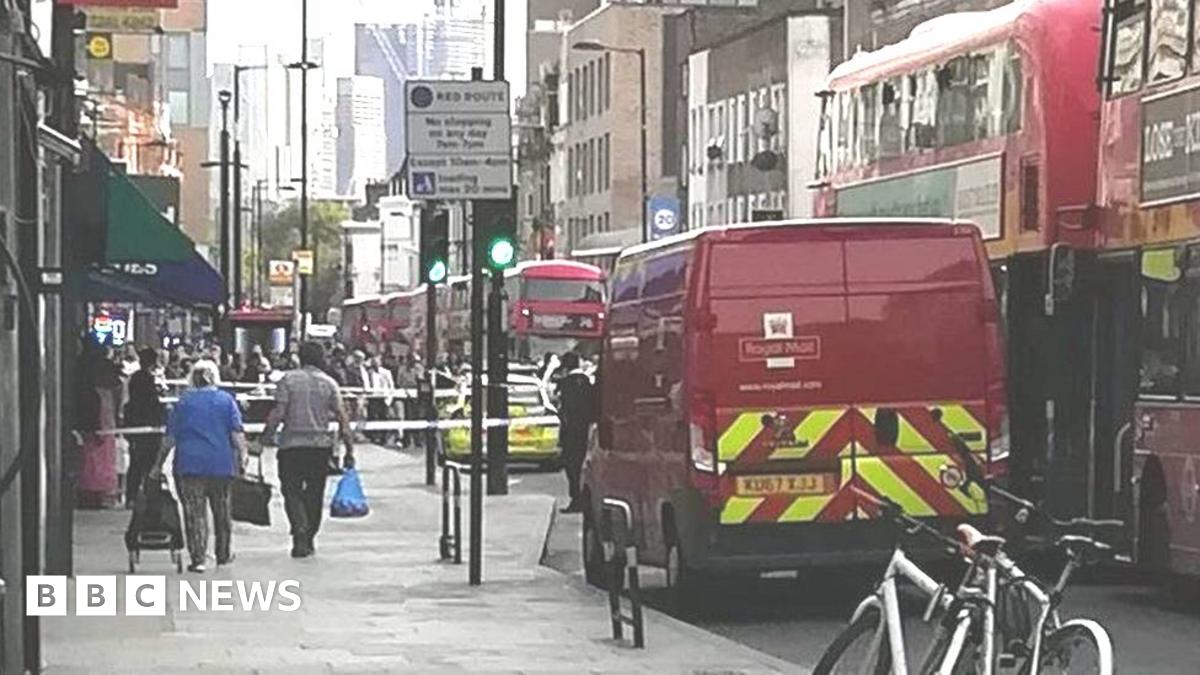The ebike law is extremely poorly written - - - - - because its mid-drive focused where the controller is integrated into the main body of the motor assembly it makes zero sense when applied to hub motors where the controller is separate. - - - - - -we have to put up with the moronic EU ebike legislation which makes little sense.
Not completely true.I to an extent agree , the regs for power control are all wrong. There is no regulation on the controller max
First, there is no such thing as an ebike in EU or UK legislation. There is one class of assisted cycle, called EPAC (Electric Power Assisted Cycle) in the EU and EAPC (Electric Assisted Pedal Cycle) in the UK.
There are also three classes of moped in the EU, the latter two lumped as one in the UK. Some are bicycle based and commonly called ebikes, even though there is no such thing in law:
L1e-A: max. assist speed 25 kph, max. power rating 1kW.
L1e-B: max assist speed 45kph, max. power rating 4kW.
S-class: max assist speed 45kph, max. power rating 500W.
I have excluded 250LPM since that doesn't exist in law, it exists only as a ministerial permission to breach the law.
Keeping this to EAPCs, the EU regulation which we also follow specifies the power by tests of actual power specified in EN15194. But EN15194, like our EAPC regulation only applies to complete machines. There is no such thing as a kit motor in law, so the effect of using different controllers with kit hub motors is irrelevant when it isn't legislated for.
One method of power test in EN15194, that of power at the motor shaft, specifies that is has to be measured in accordance with EN60034-1, the Rotating Electrical Machinery Directive. Since to meet the specified limit the current supplied is limited by that need, it's not true to say any controller can be used.
Equally the second method of power test in EN15194 limits the current supplied to meet the specified conditions.
So how come there are complete pedelecs clearly capable of delivering such high levels of actual usable power at the wheel? Quite simply it's because the law is being bent to fit the need, usually by understating the permitted temperature maximum for continuous maximum power.
Therefore it's not the law that is wrong, it's that it is being breached, or most often ignored, since 26 of the 28 EU countries never accepted EN15194, only France and Britain signed up to it as EU members at the time.
So how did this come about? Well it all starts with the Japanese law which at the time was the most sophisticated so loosely copied by the EU. However the Japanese commonly cycle in a very sedate way, their accepted common cycling speed being 15kph (9.4 mph) and even slower for their legal pavement cycling, so their pedelec law reflected that with very tight power conditions and early power phase down from that low speed.
So although the EU copied the Japanese power limit of 250W, they avoided constraining it so tightly to better match common European cycling. It's that tolerance which is being taken advantage of by wrongly interpreting it as a loophole.
Britain was much stricter with our original law, only permitting a true 200 watts with a 12 mph assist speed limit, these only increasing in three stages long after, thanks to the EU.
Here's the EN15194 power test details for those interested. Since the other test is power at the motor shaft which is clearly not possible on most pedelecs, I've only given the power at the wheel details in two charts:


.
Last edited:















